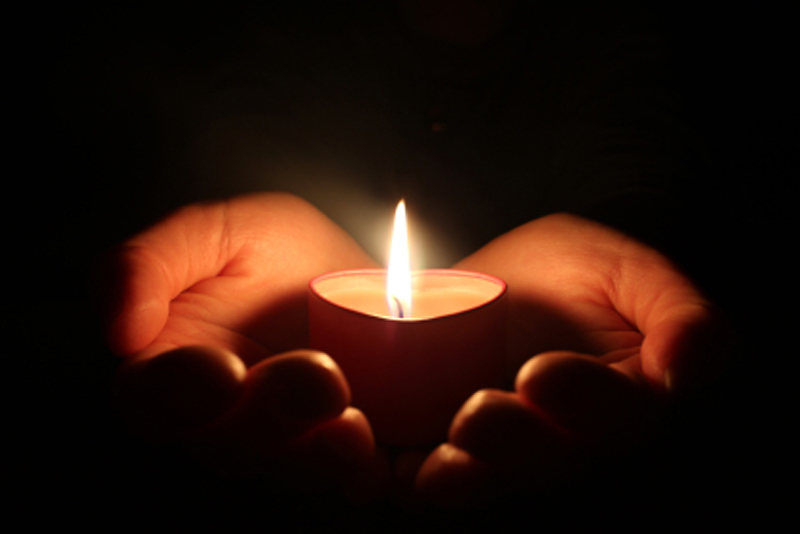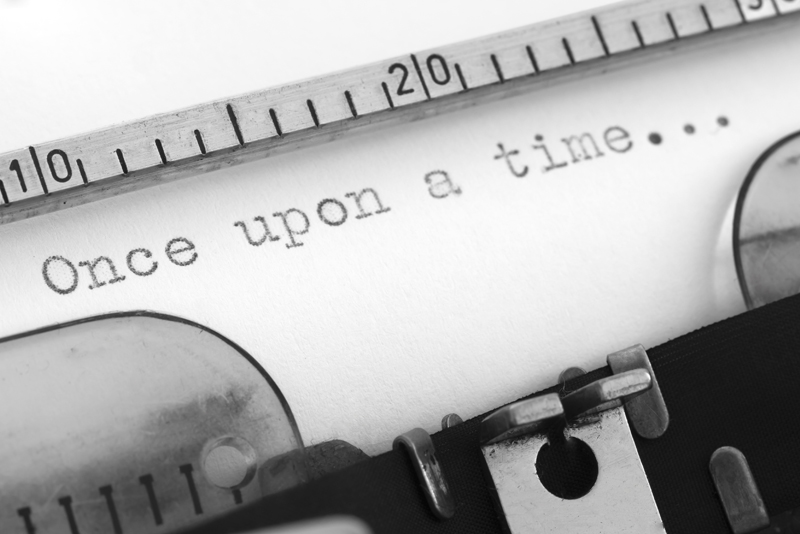Misery Addiction

There are all kinds of addictions that individuals can succumb to. And not just drugs. There are sugar addicts, relationship and love addicts (codependency) and Anne Katherine theorizes that some of us, though we may not even be aware of it, are suffering from an addiction to misery.
In the book When Misery is Company: End Self-Sabotage and Become Content Anne Katherine writes, “It’s a subtle addiction that has many faces, but the common thread is this: when things go too well or the person feels too good, she sabotages herself in order to return to the more comfortable or familiar state of misery, unhappiness, or grayness.”
Some individuals find happiness distressing. “For them, every joy must be equalized by a setback,” writes Katherine. “Too much success must be balanced by failure.” Misery addiction is a system of thoughts and behaviors the sufferer has devised to protect themselves from heartache and disappointment.
Misery addicts may also suffer from what Katherine calls “parallel addictions,” which can include food addictions, compulsive spending, compulsive exercise, drug and alcohol abuse, smoking, frequent sickness, etc. Katherine refers to these as “tool addictions” or instruments used to sustain misery.
Misery addiction usually has its roots in early life. A person experiences a trauma which inhibits life and relationship skills. From there the vicious cycle begins as the individual creates more trauma unconscious of the fact that they have an addiction. “Add to this the problems created by the tool addictions, and the misery addict has a big task in front of her,” states Katherine.
During childhood, those suffering from misery addiction, were not able to connect with their own impulses, preferences, feelings, likes and interests and were pressured to instead embrace a parent’s or family’s likes and preferences. “They learned to move toward things they weren’t drawn to and to avoid the things they prefered. Their wires got crossed,” explains Katherine. “Once a brain is wired in a certain pattern, it can create automatic behavior.”
As with all addictions, recovery is possible. Katherine recommends a combination of therapy and 12 step self-help programs. Abstinence is the first step toward recovery. We know what abstinence looks like for the recovering alcoholic, the person stops drinking completely and refrains from using any substances to substitute for the alcohol. Since the person addicted to misery is addicted to a system of thinking and behavior, what does abstinence from misery look like?
Self-sabotage is at the heart of misery addiction, so abstinence means you stop sabotaging yourself. Katherine suggests, the first step is to identify your patterns. Think about the last ten negative outcomes you experienced recently and identify the common thread.
Some specific examples of self-sabotage include being indecisive, being ambivalent, feeling that your life is jinxed, making excuses, and being inflexible. Catch yourself when you do any of these things. Carry a string with you all day and every time you do something that sabotages your best efforts, tie a knot in the string at the end of the day talk to someone about each knot.
“The central dilemma for a misery addict is this: the tools he employed for survival as a child now cripple him as an adult,” writes Katherine. “The misery addict has to let go of his old, comfortable, familiar tools and start using new ones.” The book devotes an entire chapter to what Katherine calls “the toolshed,” or techniques that help misery addicts stay focused and conscious of self-sabotaging behaviors. The tools also promote continuous growth and positive action.
Without reminders,it’s easy to slip back into self-sabotaging misery producing behaviors. Habit Changers: 81 Game-Changing Mantras to Mindfully Realize Your Goals by M.J. Ryan can help you adopt or create slogans to remind yourself to always take positive action.
“You can rise into joy,” writes Katherine. “It is possible. Truly.”
I borrowed When Misery is Company by Anne Katherine from my local library.
In the book When Misery is Company: End Self-Sabotage and Become Content Anne Katherine writes, “It’s a subtle addiction that has many faces, but the common thread is this: when things go too well or the person feels too good, she sabotages herself in order to return to the more comfortable or familiar state of misery, unhappiness, or grayness.”
Some individuals find happiness distressing. “For them, every joy must be equalized by a setback,” writes Katherine. “Too much success must be balanced by failure.” Misery addiction is a system of thoughts and behaviors the sufferer has devised to protect themselves from heartache and disappointment.
Misery addicts may also suffer from what Katherine calls “parallel addictions,” which can include food addictions, compulsive spending, compulsive exercise, drug and alcohol abuse, smoking, frequent sickness, etc. Katherine refers to these as “tool addictions” or instruments used to sustain misery.
Misery addiction usually has its roots in early life. A person experiences a trauma which inhibits life and relationship skills. From there the vicious cycle begins as the individual creates more trauma unconscious of the fact that they have an addiction. “Add to this the problems created by the tool addictions, and the misery addict has a big task in front of her,” states Katherine.
During childhood, those suffering from misery addiction, were not able to connect with their own impulses, preferences, feelings, likes and interests and were pressured to instead embrace a parent’s or family’s likes and preferences. “They learned to move toward things they weren’t drawn to and to avoid the things they prefered. Their wires got crossed,” explains Katherine. “Once a brain is wired in a certain pattern, it can create automatic behavior.”
As with all addictions, recovery is possible. Katherine recommends a combination of therapy and 12 step self-help programs. Abstinence is the first step toward recovery. We know what abstinence looks like for the recovering alcoholic, the person stops drinking completely and refrains from using any substances to substitute for the alcohol. Since the person addicted to misery is addicted to a system of thinking and behavior, what does abstinence from misery look like?
Self-sabotage is at the heart of misery addiction, so abstinence means you stop sabotaging yourself. Katherine suggests, the first step is to identify your patterns. Think about the last ten negative outcomes you experienced recently and identify the common thread.
Some specific examples of self-sabotage include being indecisive, being ambivalent, feeling that your life is jinxed, making excuses, and being inflexible. Catch yourself when you do any of these things. Carry a string with you all day and every time you do something that sabotages your best efforts, tie a knot in the string at the end of the day talk to someone about each knot.
“The central dilemma for a misery addict is this: the tools he employed for survival as a child now cripple him as an adult,” writes Katherine. “The misery addict has to let go of his old, comfortable, familiar tools and start using new ones.” The book devotes an entire chapter to what Katherine calls “the toolshed,” or techniques that help misery addicts stay focused and conscious of self-sabotaging behaviors. The tools also promote continuous growth and positive action.
Without reminders,it’s easy to slip back into self-sabotaging misery producing behaviors. Habit Changers: 81 Game-Changing Mantras to Mindfully Realize Your Goals by M.J. Ryan can help you adopt or create slogans to remind yourself to always take positive action.
“You can rise into joy,” writes Katherine. “It is possible. Truly.”
I borrowed When Misery is Company by Anne Katherine from my local library.

Related Articles
Editor's Picks Articles
Top Ten Articles
Previous Features
Site Map
Content copyright © 2023 by Leah Mullen. All rights reserved.
This content was written by Leah Mullen. If you wish to use this content in any manner, you need written permission. Contact Leah Mullen for details.






